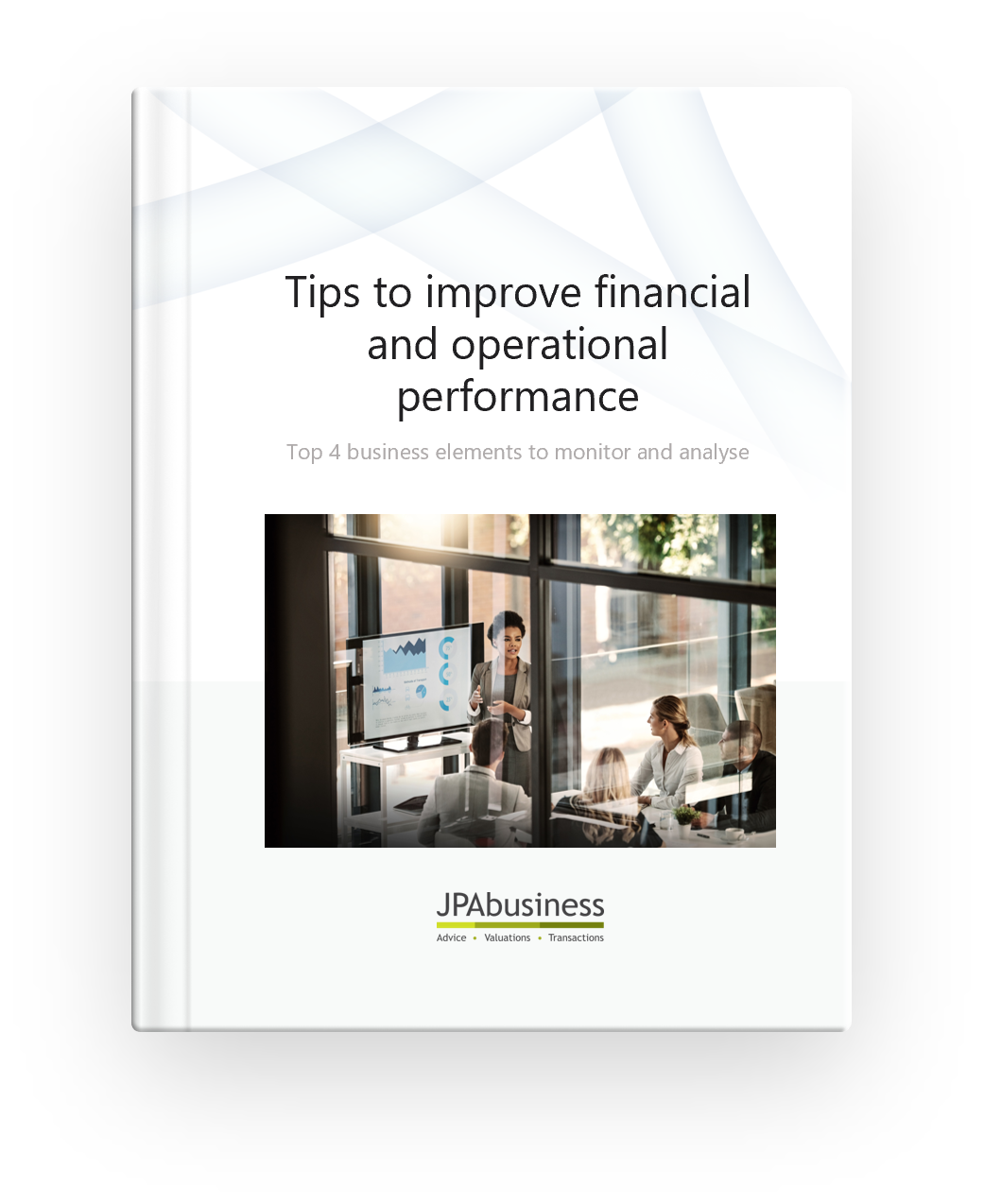
When it comes to investing in your business to stimulate growth it can be tempting to look for a silver bullet – a new technology, a new factory, a new business line – that will deliver immediate success.
I call this the ‘new model syndrome’ and it’s very appealing – who wouldn’t love a quick fix – but succumbing to it can be disastrous.
The reality is that successful business investment requires careful planning, testing and decision making to ensure the ‘new model’ is a fit for your business and leverages its strengths.
Below are my 5 steps to making business investment decisions. These steps are well tested by experience and are designed to ensure an ultimate investment decision is a wise one, and one that provides returns commensurate with the risk.
1. Conduct initial research
Conduct some initial research to find out what your competitors and other market leaders are doing in terms of the ‘new thing’ you’re looking to invest in.
For example, if it’s technology, what are they using? What have the results been? What issues did they find? Be patient and carefully survey the market for different options and experiences.
2. Scope out the investment relative to your company
Think about how the ‘new thing’ would fit and work within your business.
First, be very clear about your objectives: write down exactly what problem/s you are looking to solve and what you consider success will look like when the ‘new thing’ is fully operational. Share this with your team and ask for input and feedback.
Once everyone agrees on the problem and the potential solution, get down to the detail of what would have to change within your business to adopt this solution.
This requires consideration of:
- market risks and trends
- business performance impacts
- customer impacts
- supply chain impacts
- staff impacts
- business model changes, including new processes, procedures and transition and training requirements.
3. Conduct a feasibility assessment and develop a business case
To assess feasibility, use the answers to the questions you asked during the scoping stage. Arrange a trial of the new technology, if possible, or survey customers regarding demand for the new product line, etc.
The goal is to test the proposition within your business before you fully commit to the investment. Be careful to ensure the feasibility is undertaken robustly, with independent and objective rigour – not just a self-justification process!
For the business case, it’s time to consider the numbers, including:
- investment cost
- revenue target
- existing revenue impact
- associated risks and impact on potential return.
Share this business and financial justification with someone (or a few people) who are knowledgeable about your business, but independent of it – let them pressure test it from different angles.
4. Consider the investment cycle
Once you’ve run the numbers and understand the return, determine what might impact the payback and when it is likely to occur.
Will it be a staged payment for the investment or are you paying everything upfront? What about the costs associated with implementing the business model changes needed? Will demand impact that payback? What escape valves do you have if things aren’t going to plan and you’re not seeing the benefits you anticipated?
5. Understand the impacts on your existing business
Can the investment and change be managed separately to existing operations, or will it impact the way the business runs, as changes are being implemented?
Depending on the investment, careful execution is critical to ensuring a business investment delivers its promise. Project and risk management, internal communication and change management are all key to success.
Make sure you have strategies and plans to avoid negative impacts including downtime, system and process issues, client-facing changes and/or disruptions etc.
Listen to our podcasts
If you would like to dig deeper on this topic, listen to my conversation with Western Sydney business operator Ben Gullo from Reliable Food Distributors, which includes a discussion about the process he undertook when investing in new factory space to increase storage and drive business growth.
My podcast with robotic process automation (RPA) engineer Laith Alamin also raises fascinating questions about the potential gains on offer for small to mid-sized businesses investing in this new technology.
Alternatively, if you would like us to provide direct support in the area of feasibility assessments or producing a business case for an investment, we’re happy to help. Contact our team on 02 6360 0360 or 02 9893 1803 for an obligation-free, initial discussion.

